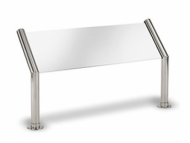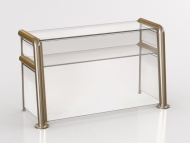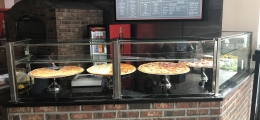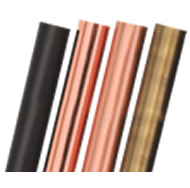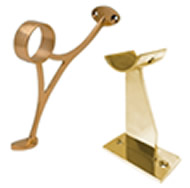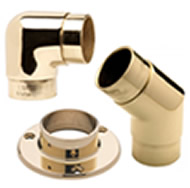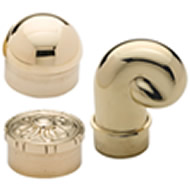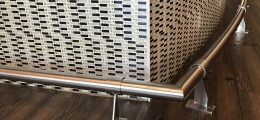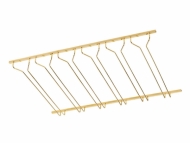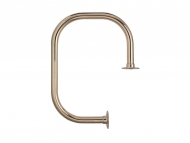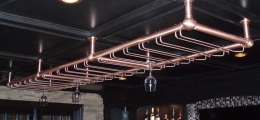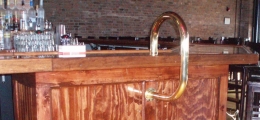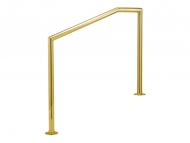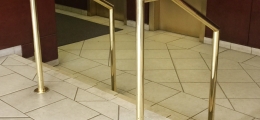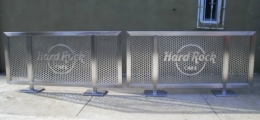The cafeteria is one of the most important locations inside of a hospital. As one of the primary gathering locations, it holds as much importance as the hospital’s entrance. It has the unique capability of influencing the overall well-being and quality of some of the hospital’s most important services.
Because of the role it plays, the cafeteria should make a positive and lasting impression with not only the patients and staff but also the people who visit the facility each day. You can design a hospital cafeteria that will exceed the expectations of the hospital’s staff, patients, and visitors by keeping these tips in mind.
Consider the Best Location
Until recently, most hospital cafeterias were located toward the back of the facility or even tucked away in the basement. People who wanted to visit the cafeteria often had to make a substantial walk and take an elevator just to eat a meal or get something to drink.
More hospitals today, however, are relocating their cafeterias to the upper floors if not the highest floor in the facility. This elevated location provides a scenic view for diners inside of the cafeteria. It also frees up space in the basement and entry levels for more important clinical and medical services.
Further, cafeterias that are located on higher floors also are typically closer to patients’ rooms. Families and patients alike make shorter journeys to get a snack, get something to drink, or to eat meals during their stays.
You ideally want materials that will last for years without having to be replaced or repaired.
Think about Traffic Flow
Many hospital cafeterias used to be rather small and centered around long serving lines. The entrance served as the back of the serving line, and people inside of the cafeteria typically had very little room to move until they made their way all the way through to the cashier’s station.
Today, however, cafeterias in hospitals are more spacious and modern in their design. Gone are the rigid and cramped serving lines in favor of various food stations where people can get freshly made sandwiches, beverages, to-go meals, and hot entrees.
When you design your hospital cafeteria, you also may see the benefit in adding individual food stations like a salad bar, grill, and condiment counter, complete with food shields and sneeze guards made by ESP Metal Products & Crafts. These stations give your visitors more food choices. They also add to the overall customer experience in the cafeteria.
Plan for Comfortable Seating
The seating in your hospital’s cafeteria should also be planned out with visitors’ needs in mind. When people come to the hospital, either as a patient or as a visitor, they may appreciate having a certain amount of privacy afforded to them when they go to the cafeteria.
With that, you may want to use a combination of bar stools, large tables, small booths, and even outdoor seating. The furniture should be movable so that it can be arranged in whatever fashion is most comfortable for families who might be grieving or need privacy to discuss medical issues.
At the same time, the cafeteria can also be a meeting place for staff members, vendors, and hospital VIPs. With well-placed seating, you can create different zones that can be used for dining, serving, lounging, and personal spaces.
Use Practical Yet Aesthetic Materials
Finally, when you design your ideal hospital cafeteria you should plan carefully for the types of materials you want to use in its construction. You ideally want materials that will last for years without having to be replaced or repaired.
With that, you may want to avoid using natural materials like wood or stone. Instead, you may want to use synthetic materials that look aesthetic and natural but also will endure years’ worth of use, wear, and tear.
You also may want to use a balance of soft and hard flooring materials to differentiate between serving and dining areas. By selecting materials that are visually appealing but also practical to use, you can create a hospital cafeteria that will be serviceable for years but also create a welcoming and friendly ambiance.
The cafeteria in your hospital has the unique ability to be a central hub in the facility. It influences how people perceive the hospital’s services. By designing a cafeteria that is serviceable and welcoming, you can boost the impression that the hospital makes with staff, visitors, and patients alike.
TAGS: food, design, helpful tips, safety, food shields & sneeze guards

